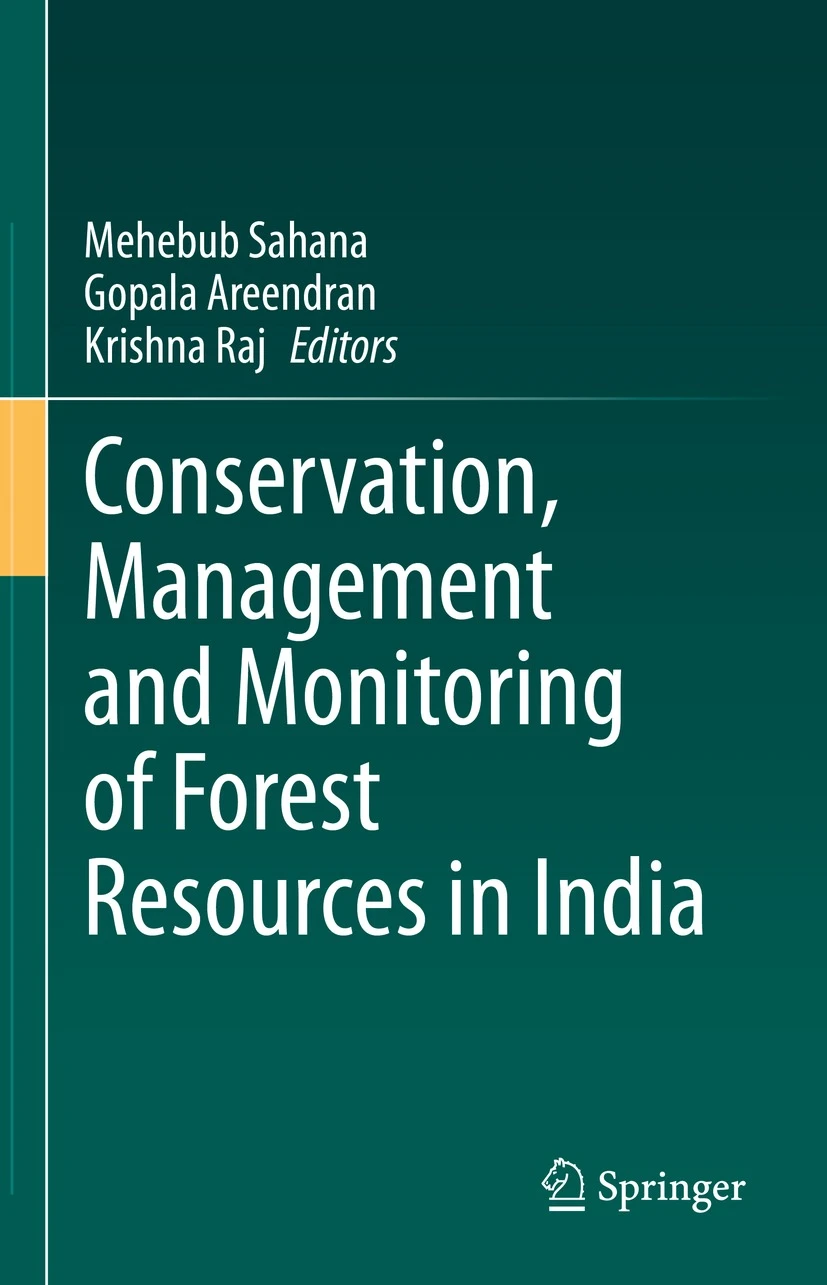
The Kangchenjunga Landscape (KL), a transboundary area shared by Bhutan, India, and Nepal, identified human-wildlife as a cross-border issue. Diverse in species and its ecosystem services, this landscape is characterized by the presence of isolated protected areas in proximity to human settlements and agricultural land. Diverse wildlife species (large carnivores, mega-herbivores, omnivores, meso-mammals, and birds) have affected the lives and livelihood of the people in the landscape through crop raids, livestock depredation, and lethal attacks. As a result, a negative attitude towards wildlife that includes retaliatory killings is common in the region leading to a loss of biodiversity and disruption of the ecosystem structure. The landscape is witnessing change due to population growth and development affecting the severity and intensity of conflict in the region. The KL is marked high rates of land modification whose impact, especially around protected area boundaries, resulted to higher occurrences of conflict. Geographic Information System (GIS) mapping in a human-modified landscape, when related with spatial density of conflict, shows a significant positive correlation. Lack of effective connectivity corridors between protected areas and fragmentation due to human development activities has, therefore, significantly affected the rates of human-wildlife conflict in the region. The constant movement of wildlife species through human landscapes across international borders has added complexity to the problem. Hence, addressing the transboundary migration of wildlife and its impact on humans and wildlife is important in tackling human-wildlife conflict.